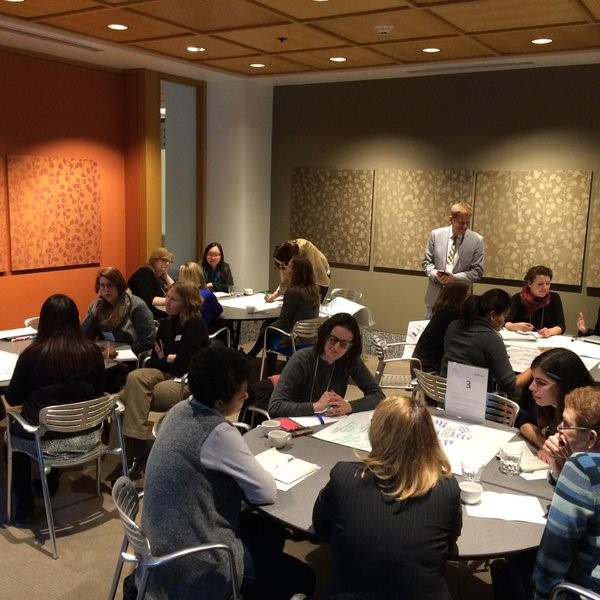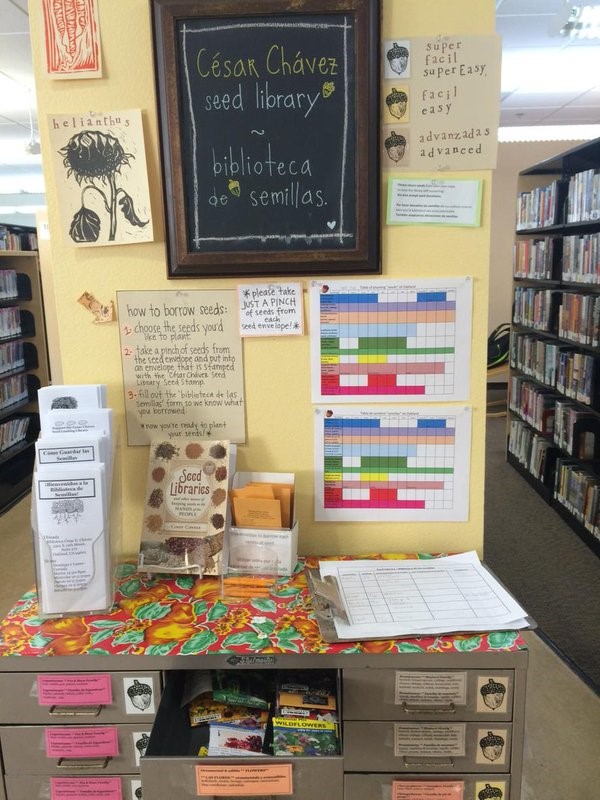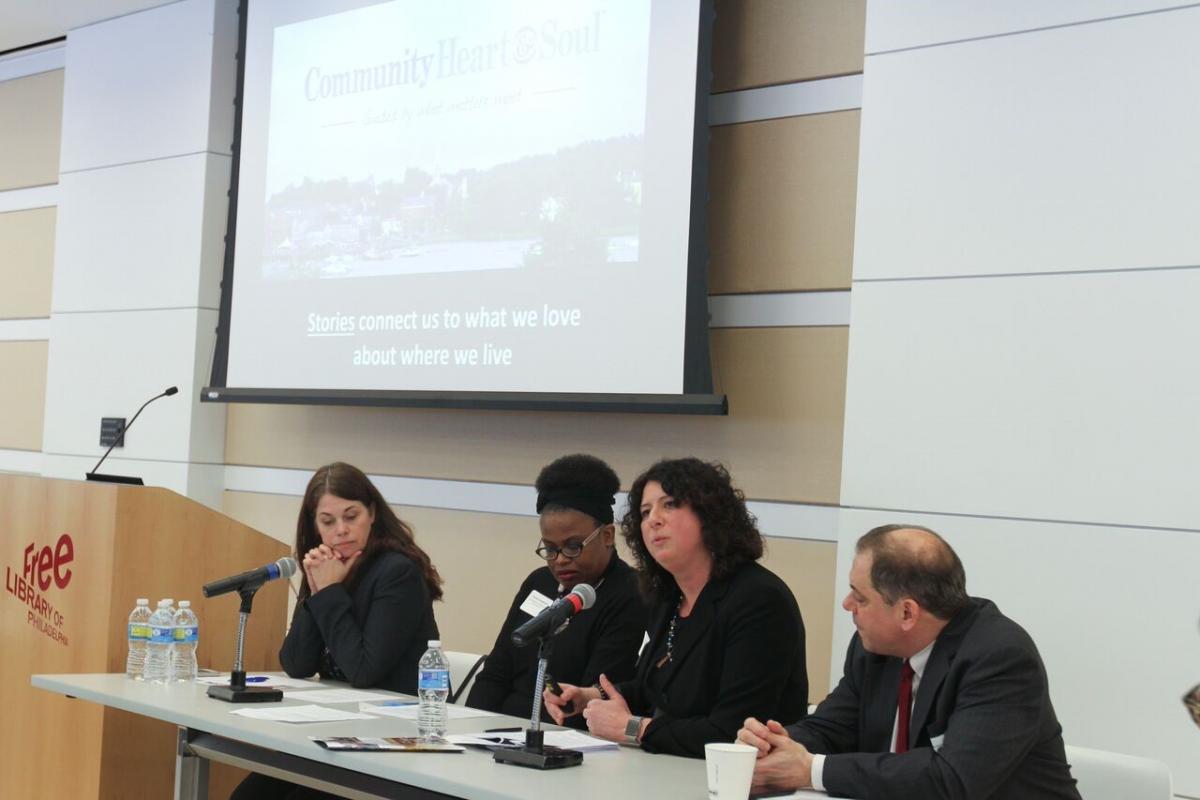Blog Posts | February 18, 2016
Share ThisFebruary 18, 2016
By Dr. Kathryn K. Matthew
This week we completed the last of five feedback sessions held to explore how museums and libraries are playing active roles in community revitalization. Wrapping up the project Wednesday morning before a packed crowd who had literally travelled from all across Pennsylvania to the Free Library of Philadelphia further solidified one thing: the true promise that resides in museum and library collaboration within communities.
These meetings leveraged the findings of a joint report by IMLS and the Local Initiatives Support Corporation (LISC). Sharing the report with the field offered us an opportunity to explore what deeper ties between museums and libraries and comprehensive initiatives would look like, and so we held gatherings in Walterboro, South Carolina; Indianapolis, Ind.; Minneapolis–St. Paul, Minn.; Oakland, Calif. and Philadelphia, Pa.
At each location I was impressed by the commitment demonstrated by the institutions and the communities they served.
For example, we visited the Colleton Museum and Farmer’s Market in Walterboro, S.C. This institution replaced a shuttered supermarket, immediately eliminating a marker of community decline. The co-located museum and farmer’s market has created a space for local farmers to sell their products as well as increase visitation for the museum. The site has also become a community gathering place.
In Indianapolis, we visited the Children’s Museum of Indianapolis to talk with leadership from local museums, libraries and community development groups. I heard firsthand how this particular museum opted to expand into the adjacent neighborhood instead of relocating to a new downtown location, a decision that made the institution an active partner in community revitalization Since then, the museum’s expansion has led to some quick-wins in the form of physical improvements for the neighborhood, such as street paving, sidewalks and signals. Today, the museum operates as the lead agency of a multi-sector collaboration working towards community development and cohesiveness in the area.
In Minnesota, we met at the Minnesota History Center and heard about the amazing projects underway within the Twin Cities communities. One of those projects by the Minnesota Museum of Art in Saint Paul established a program called Project Space as a laboratory for exploring ways the museum can engage the local community. We also learned about the dynamic community connections created through the Arlington Hills Community Center, a joint facility run by Saint Paul Parks and Recreation and the Saint Paul Public Library.

Our next stop was Oakland where we met at the Fruitvale Senior Center and had a lively discussion on the many efforts underway in the Bay Area. The Oakland Public Library has done extensive work to provide services and engage with nearby low income neighborhoods. For instance, the Cesar Chavez Library branch has developed a Seed Lending Library, a free urban seed project committed to increasing the capacity of the community to feed itself wholesome food by means of education that fosters community resilience, self-reliance and a culture of sharing. Anyone is welcome to come in and check-out seeds. No library card is needed, just sign-out for them. The library only asks that participants return some new seeds for others to borrow for next season’s planting.

Finally we ended our tour in Philadelphia at the Free Library where attendees shared collaborations that were underway in both Philadelphia and Pittsburgh. As one example, the Children’s Museum of Pittsburgh underwent an expansion of its campus and reopened with space to house nonprofit groups providing Head Start, literacy, media and other children’s services.

Photo by Paola Nogueras
Our next step is to examine all of this creative, important and vital feedback from our participants. We will then develop an addendum to the original report that can be shared with all of you. We hope that this information can serve as inspiration and guidance for those museums and libraries looking to deeply engage with their communities.
I’m optimistic about the future for museums and libraries in this arena. There is a movement underway to look “outside-in” with our communities to understand how the organizational assets of museums and libraries can best be used, and it’s truly exciting to watch. Stay tuned for more as this story evolves.
